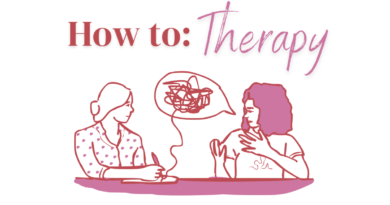Friendship day effective, participants say
Sophomore Allie Premzic walked into the Redwood Building next to César Chávez Elementary, unsure of what to expect. Curiously, she looked around the foreign environment. She finally saw junior Claire Coleman, one of the event facilitators, and her body relaxed, happy to finally see a familiar face.
On Sept. 17, the first DHS Friendship Day of the year brought about 60 students, ranging from sophomores to seniors, together from 7:45 a.m. to 2:30 p.m.
Some students, especially sophomores, had no prior knowledge about Friendship Day. “I honestly have no clue… [what it is, but] I see here on my paper, [Friendship Day aims] to break down social, cultural and ethnic barriers,” sophomore Jeremy Chen said.
President facilitator, senior Emily Glass, explained that Friendship Day was created after a tragic event, triggered by building racial tension. On May 4, 1983, a Vietnamese American student was stabbed to death by a white student on the DHS campus.
Like Premzic, “At the beginning of the day, people seem a bit guarded and hesitant, but by the end of [Friendship Day]… everyone is having a blast and not feeling self conscious,” Coleman said.
Some students admitted that their primary motivation for attending Friendship Day was not because it promoted non-violence or broke down barriers between cliques, but because it seemed to be a fun and rare experience. For sophomore Gina Ghiglieri, it was also a chance to “miss school.”
However, Ghiglieri also noted that the downside of going to Friendship Day was that she had three tests that day that she did not want to miss. Chen and facilitator Nikka Tahan agreed, adding that they would have to make up a lot of work when they returned to school.
Senior Tahan decided to be a facilitator because she felt “that there aren’t that many opportunities for youth to organize something to support their peers and community. Friendship Day is a day to connect students, to be yourself and to embrace differences, and I wanted to be a part of a group that facilitates that.”
Coleman agreed that she also “wanted to be a part of the ‘making of’… [the] blast” that previous facilitators and participants seemed to enjoy.
Whether the students enjoyed the doughnut eating contest, watching “The Breakfast Club” or the constant chanting of “Dance-off! Dance-off!” throughout the day, it was as Coleman described as a “ton of fun… [and] completely worth it.”
In addition to what Chen says is a time to “chillax with youngins” the students also received a message about creating a welcoming community.
“We learned to respect each other, to be open-minded, and tolerant,” said Sze Sze Chan, a foreign exchange student from Norway. For Chan, this experience helped her settle in to Davis and introduced her to new friends.
During Cross the Line, one of the more serious activities of Friendship Day a facilitator called out a situation such as “I, a family member or a friend is affected by drugs” or “I have been affected by a death of a family member or a friend,” and the participants crossed the “line” to other side of the room.
Through this exercise, both Premzic and Chen realized that everyone is more alike than they thought.
“[The cross the line activity] showed each individual that they weren’t alone. People thought they were the only one that experienced [a hardship] but other people did. I never saw only like one person walk to the other side of the line,” Chen said.


